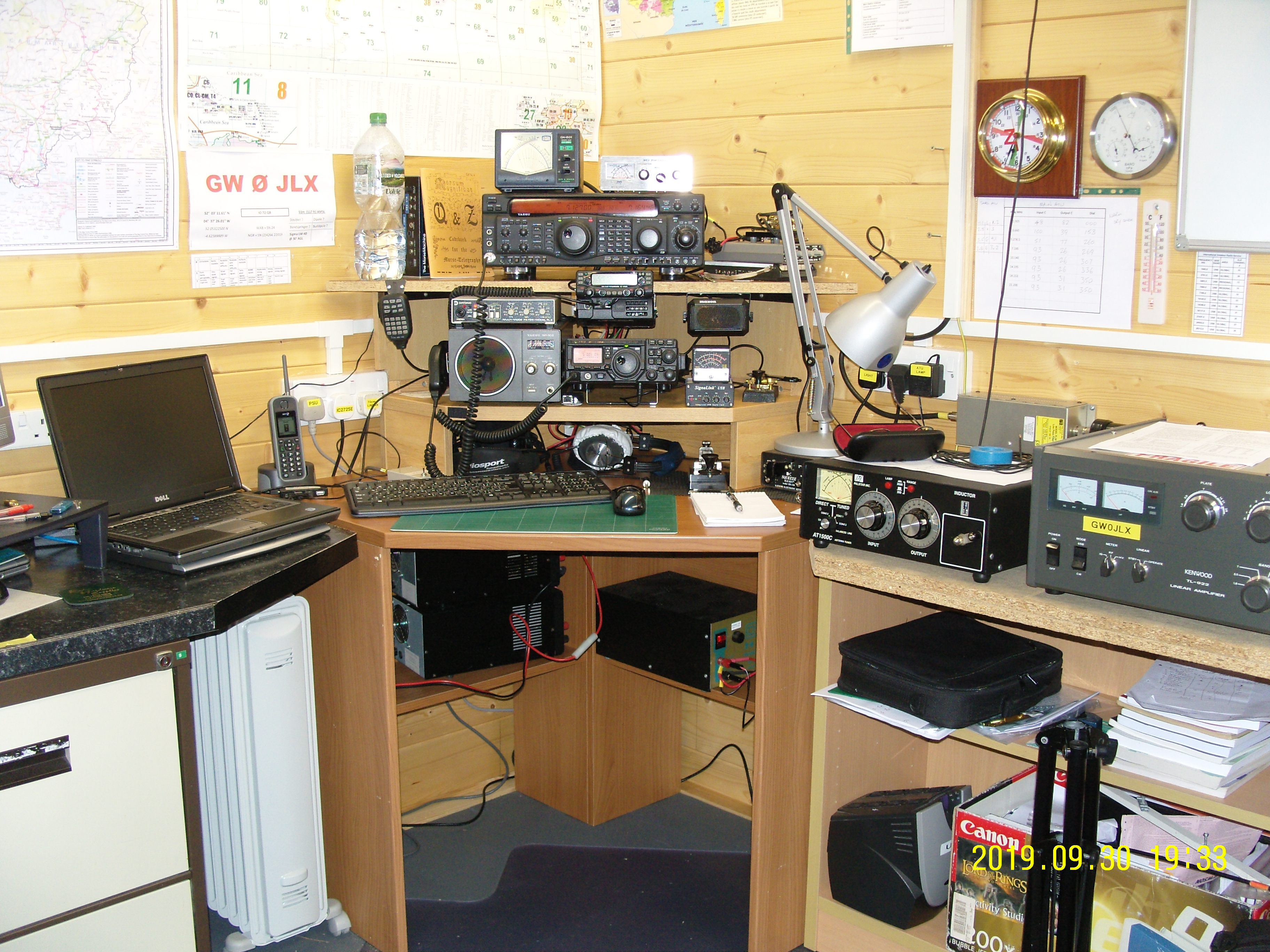

Background and
Introduction :
Hi - and welcome to this simple webpage from the shack of
Andy, GWØJLX, more colloquially known as the 'Jolly Large X-Ray',
operational on HF, 6m*, 4m, 2m and 70cm, hi hi. (* I've got a problem with 6m
at present).
Not perhaps your archetypical Amateur Radio enthusiast,
as I am a also a professionally qualified, Chartered
Engineer. I specialise in Radio Communications, Radar and Navigational Aids
in Air, Land or Sea environments, but mostly in Air Traffic Control systems.
I've been licenced since 1988 and to be honest, I am still learning all sorts of
things about this wonderful hobby of ours and I just love playing about with
radios, aerials (or antennas if you prefer) and feeders on an experimental
basis.
I am an active member of
RAYNET, the Radio Amateur
Emergency Network, and currently belong to both the
HF group and the
National Group and of course the local
Pembrokeshire Group.
Having recently relocated to Wales (a delightful country to the West
of Engand), I am required to alter my previous 'English' callsign by adding a
second letter "W" to the "G" prefix (this is called a
Regional Secondary Locator or RSL). This second prefix letter indicates that my
main station is located in Wales.
On a slightly historical note, I
started off with a borrowed Yaesu FT-101 HF rig from the Southampton Amateur
Radio Club in 1988 and made a very simple home-brew multi-band trap dipole
which, when strung down our 120 foot long garden of the time, worked fairly well
on three of my favorite bands, 15m, 20m and 40m. I also slung up a quarter-wave
zepp between a couple of trees with a half-decent counterpoise for 80m and top
band that worked quite well on 80m, but not so well on 160m.
My main mode and interest when first licenced was CW and I was lucky
enough to have been bought a really good pump-action straight brass key by my
Dad (who was apparently a class one military telegraphist in the 1939-45 war)
from the Kent stable. I still have that key and it is still my pride and joy to
show it off as "the station key". Needless to say I had great fun
making the key up from the kit too ! Unfortunately, 25 words a minute in
professional commercial maritime CW training caused the dreaded 'glass wrist'
problems and I decided that if I was to continue with CW, I should seriously
look at something other than just straight keys. And I suppose that was the
start of my very modest
collection - which is still growing - albeit somewhat slowly........ I
also have a delightful high speed paddle key which is a joy to use, (see some of
the pictures below).
I am a long-standing member of the
FISTS CW club (member #358) and I am a
member of RAFARS, the Royal Air Force Amateur
Radio Society (member #2701).
These days, the old FT-101 is long
gone back to its owners, and I currently run an FT-897 for the most part (more
of that below) and an older FT-102 which is also a lovely rig for backup HF use.
More recently I bought an FT-920 and an FT-857. I also have a commercial
Motorola CM-360 rig for 4m FM which I dust off occasionally and activate, an
FT-857 for portable and mobile use, a couple of dual band Icom IC-2725e for 2m
and 70cm FM mobile use and a couple of handhelds (Alinco and Icom) for 2m and
70cm FM as well.
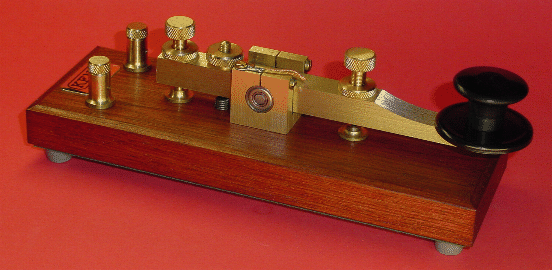


Current Interests
and Modes of Operation :
My main interest these days is HF PSK-31, PSK-63,
Olivia, and other data modes, SSB and CW, although I do still thoroughly enjoy
operating on the 4m, 2m and 70cm bands, hence the other rigs which I have
enjoyed for many a year. If you catch me about mobile, I will most likely be
operating the FT-857 or an ICOM 2725e as this is a nice little dual bander that
works well in the car or if I am /p.
Now we have moved out of our temporary home in Broad Haven to the more
permanent home, I am running the FT-920 on HF Voice, FT-897 on HF Data and the
FT-857 on VHF / UHF mostly from a /p location close to my new home in Cilgerran
(IO72qb) whilst I am in the process of building the new shack there. The
longwire and counterpoise were causing a few issues, so that has been swapped
out for a 450-ohm fed doublet asa completely balanced aerial. The portable QTH
I normally use is a hilltop on the Preseli Mountains some 410m AMSL (IO71ow).
Aerials can be variable ranging from a simple white stick fed with low-loss coax
to an inverted vee dipole, to a 5-band spiderbeam on top of a rotator.
The
HF modes at the moment tend to be more SSB as it is more difficult to get any
data going when /p due to space constraints. But, I do have a small notebook, so
you might find me on one of the above data modes. You might also find me at the
bottom of the bands operating a bit of CW (straight key). I am not generally a
contester, but I am happy to give a few points away from time to time.
QSL
information : Please use e-QSL.cc I look forward to working you. Best 73 de
Andy, GW0JLX
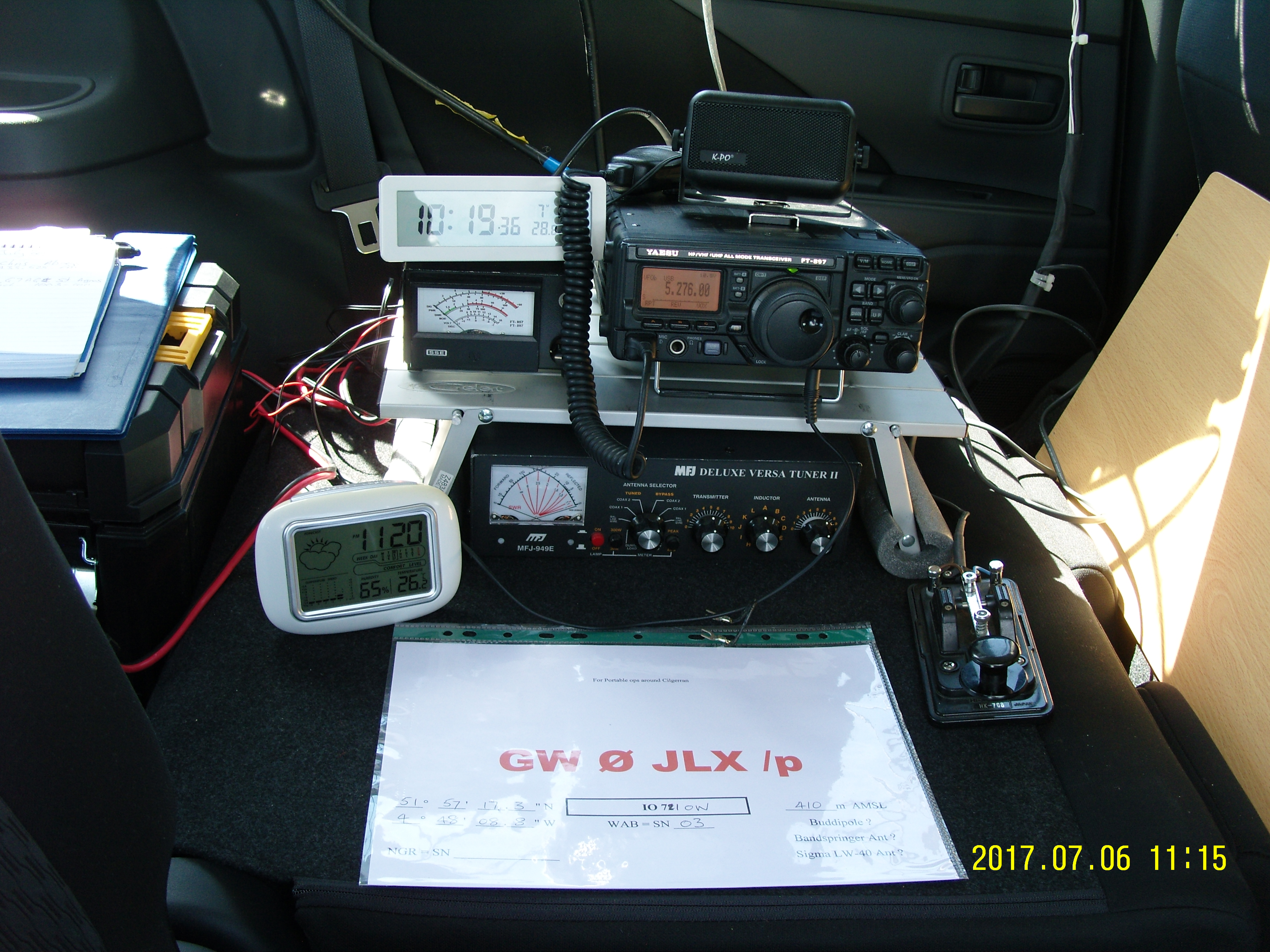
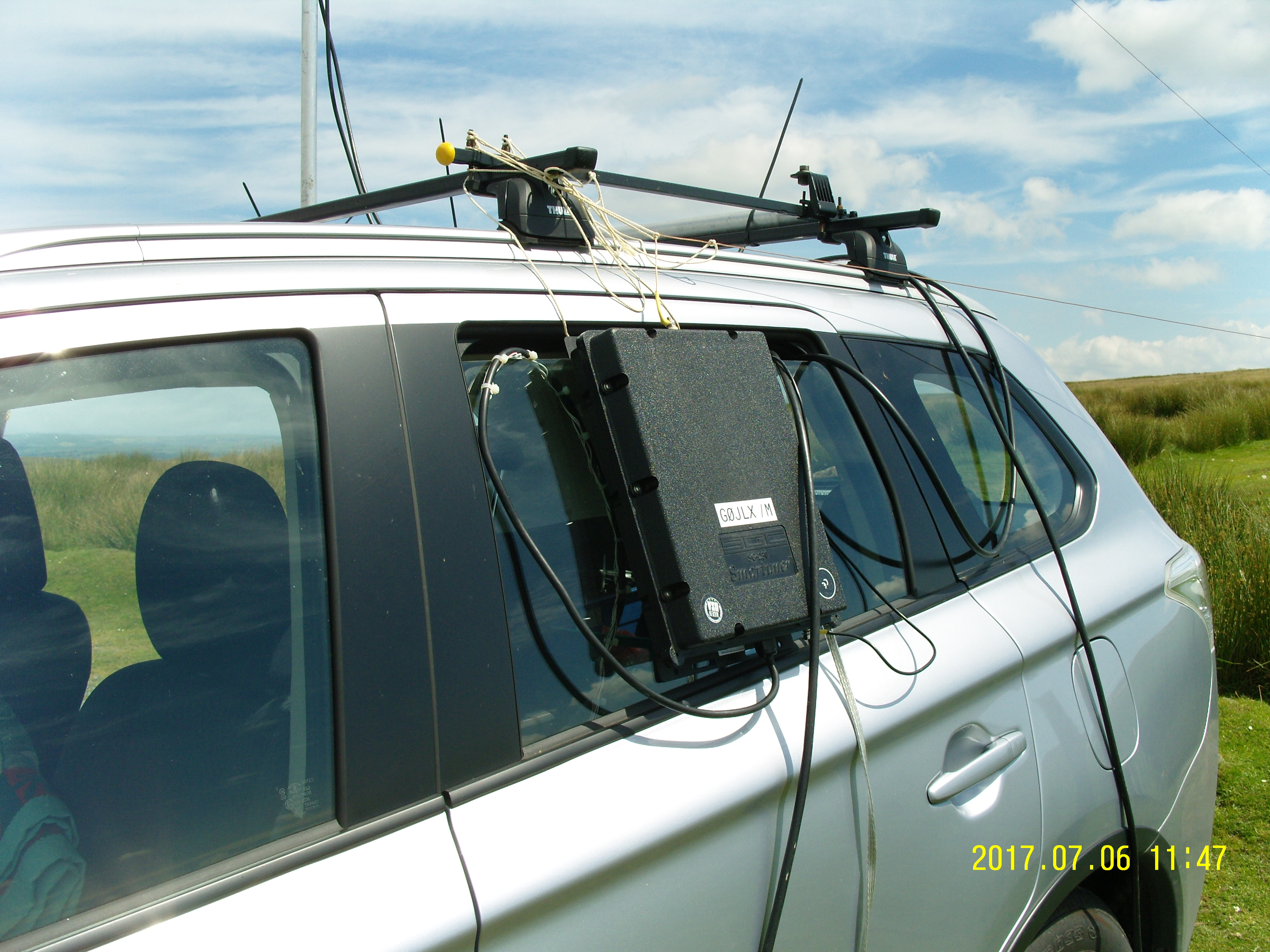
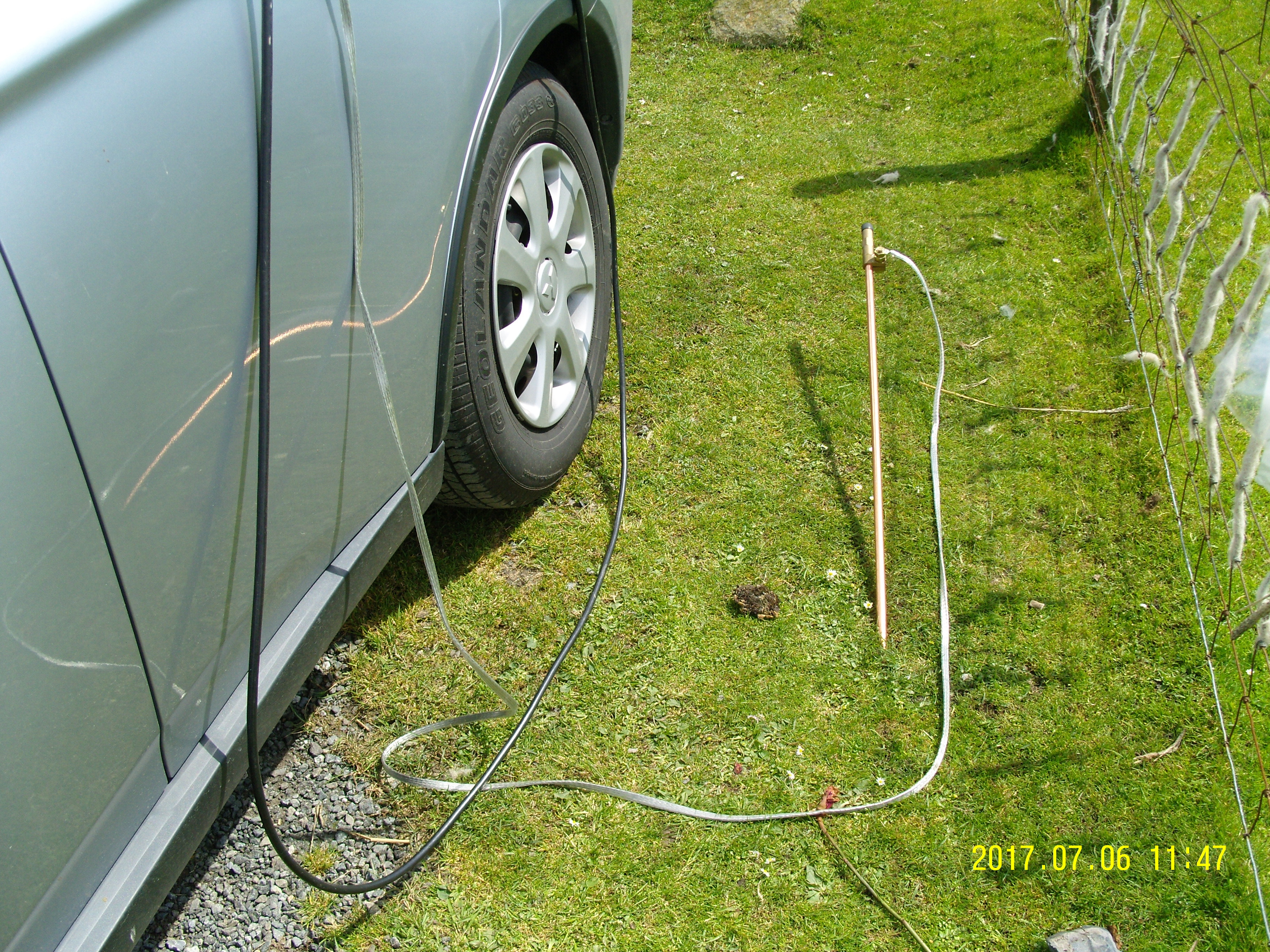
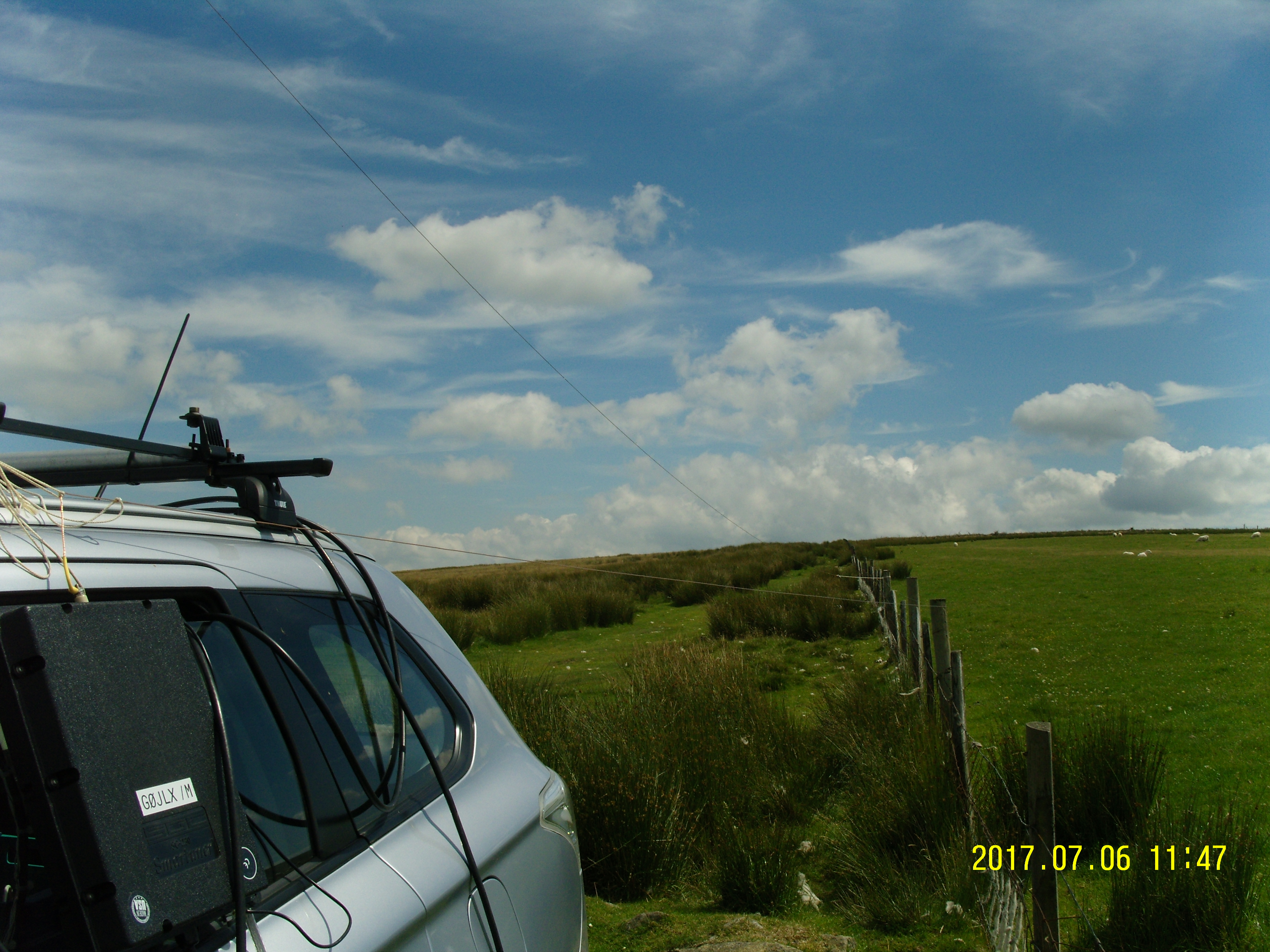
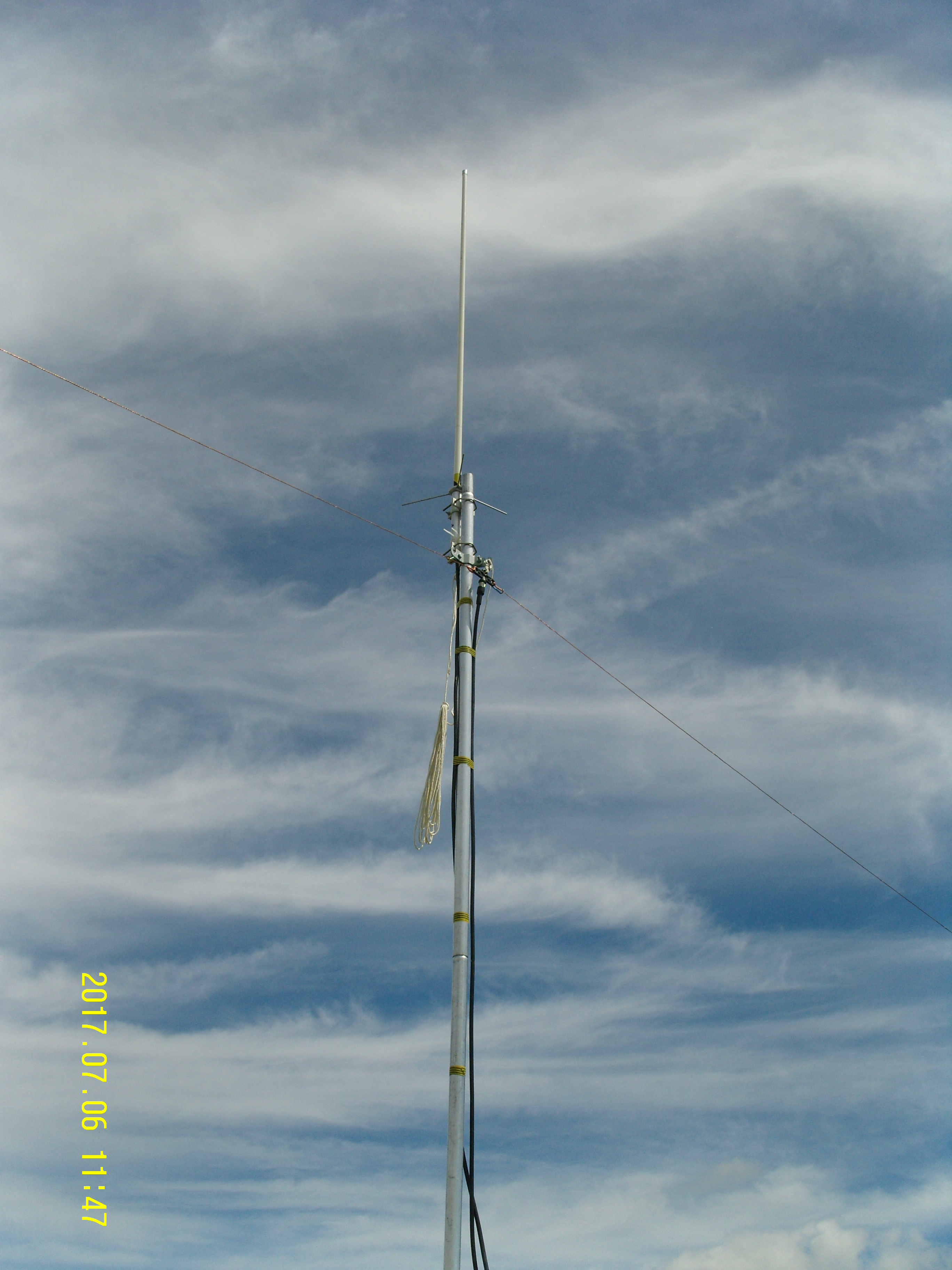
Page last updated on 14th July 2020